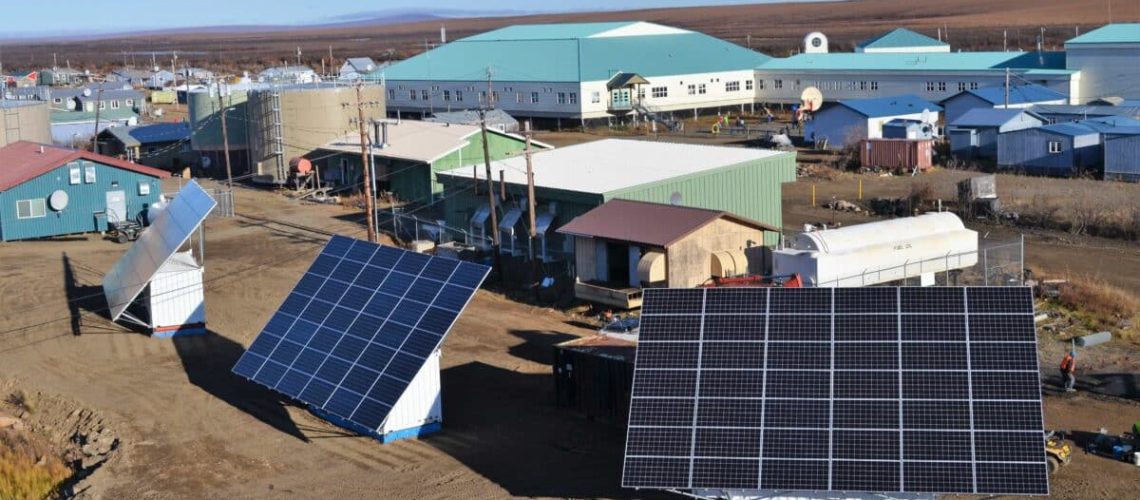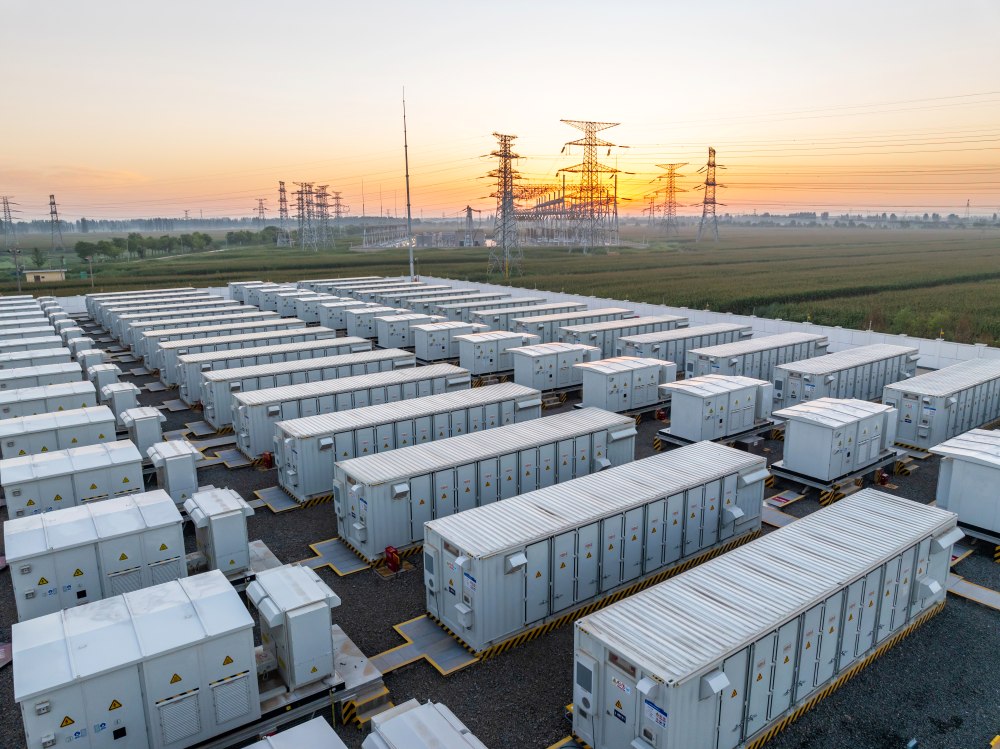Alaskan tribal communities are improving the payback on renewables projects by forming independent power producers, thus gaining access to a state subsidy.
Alaska’s Northwest Arctic Borough is working with nine tribal communities located near the Arctic Circle that have renewable energy systems to create a legal structure for each system converting it into an independent power producer (IPP). Forming an IPP will give each community access to a state subsidy that will lower the cost of renewable power, said Ingemar Mathiasson, the borough’s energy manager, on a webinar sponsored by the Alliance for Clean Energy.
As he spoke, he said the temperature was -45 F in the tribal community of Ambler, and “under those circumstances it’s really hard to keep holding on to renewable energy systems with batteries and everything else involved.”
The communities’ renewable energy systems were built over the past 15 years to reduce the need for costly diesel fuel. As a point of reference, Mathiasson said that the price of stove oil and gasoline in Ambler just went up to $18 per gallon.
Early renewables systems built by the communities relied on wind and hydropower, while newer systems rely more on wind and solar power, Mathiasson said. The year-round average solar capacity factor in the area is 11%, based on the borough’s own measurements.
Unfortunately, although the renewables projects have reduced each community’s use of diesel fuel, the communities have also received a lower subsidy under the state’s Power Cost Equalization (PCE) program, which provides a per-gallon diesel subsidy to support remote utilities dependent on diesel fuel.
Fortunately, however, those working on the renewables projects learned that a tribal community could form an IPP and sell the renewable power to the local utility, in which case the utility’s purchase of the power is considered a fuel cost, thus qualifying for the PCE subsidy.
The Northwest Arctic Borough has helped three communities form IPPs since 2021. One of these, the community of Noatak, recently completed an IPP project with 281 kWdc of solar (250 kWac), and 2-hour lithium iron phosphate (LFP) battery storage with 442 kWh capacity.
The six other communities could also add solar and storage and form IPPs if a pending borough grant proposal to the U.S. Department of Energy’s Office of Clean Energy Demonstrations secures funding.
Mathiasson shared a projection that the nine Arctic tribal communities plus the nearby town of Kotzebue would have, “at full build-out” of solar IPP projects, a combined 5 MW of solar capacity and 16 MW of battery storage. Those projects would reduce diesel consumption by 328,000 gallons per year and yield annual IPP revenue of $1.8 million.
The grant proposal also requests funding for heat pumps for all households in the region, which would further reduce annual diesel consumption by 223,000 gallons.
The opportunity for similar renewables IPPs across rural Alaska is “very widespread,” said Brian Hirsch, founder and president of Deerstone Consulting. The 15-person consulting firm works primarily in rural Alaska, providing multiple services to support renewable project development.
Hirsch said that achieving 50% renewable penetration on an annual basis “is a big deal, so if you’re at 50%, you’re way ahead of the pack.” Because “the other 50% of your power is still coming from diesel fuel, it’s a partial solution,” but “if you can create a job, you can put some revenue back into the community, that’s great.”
Mathiasson countered that “there is a money restraint, right? Everybody is competing for these monies that are coming out. And it’s not inexpensive to put these systems in. We have a lot of communities out there that could do the same thing. But where would the funding come from for all of them?”
The Alliance for Tribal Clean Energy sponsored the webinar to provide a platform for considering the formation of IPPs within the context of Alaska’s PCE program.




